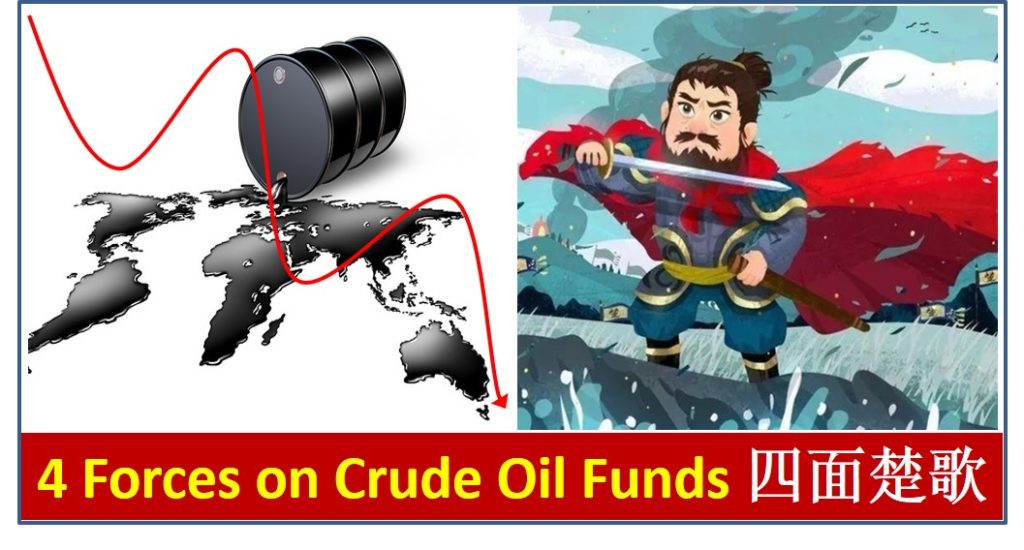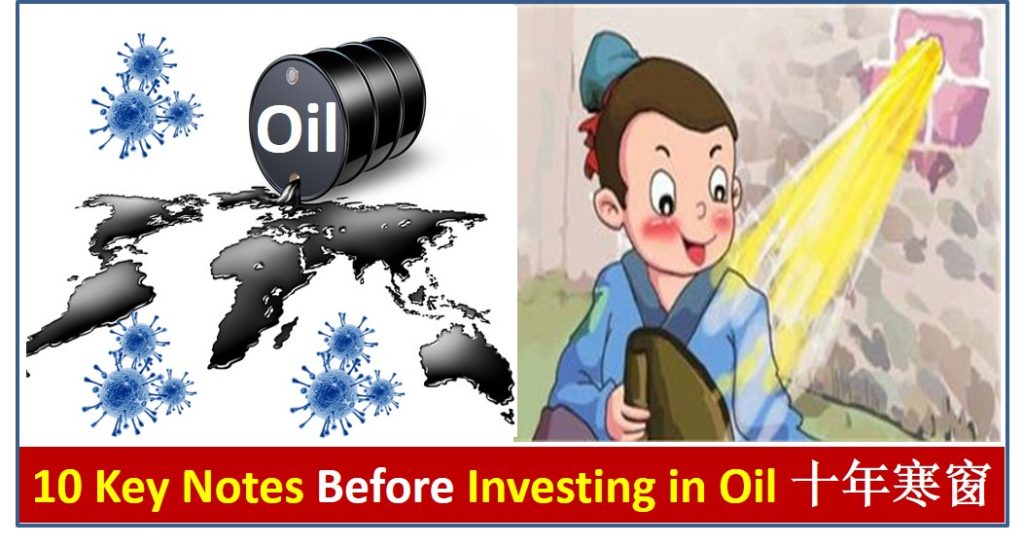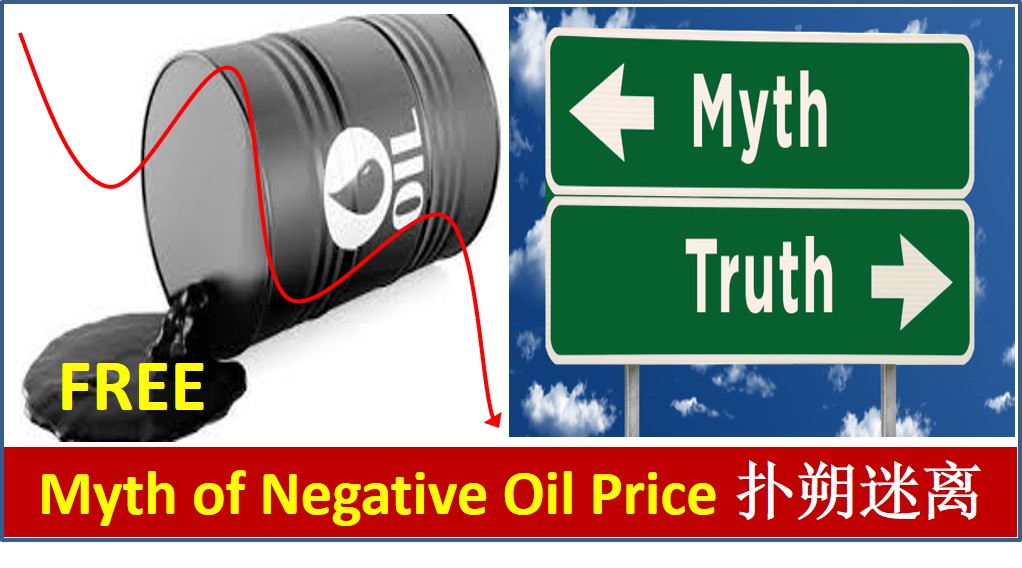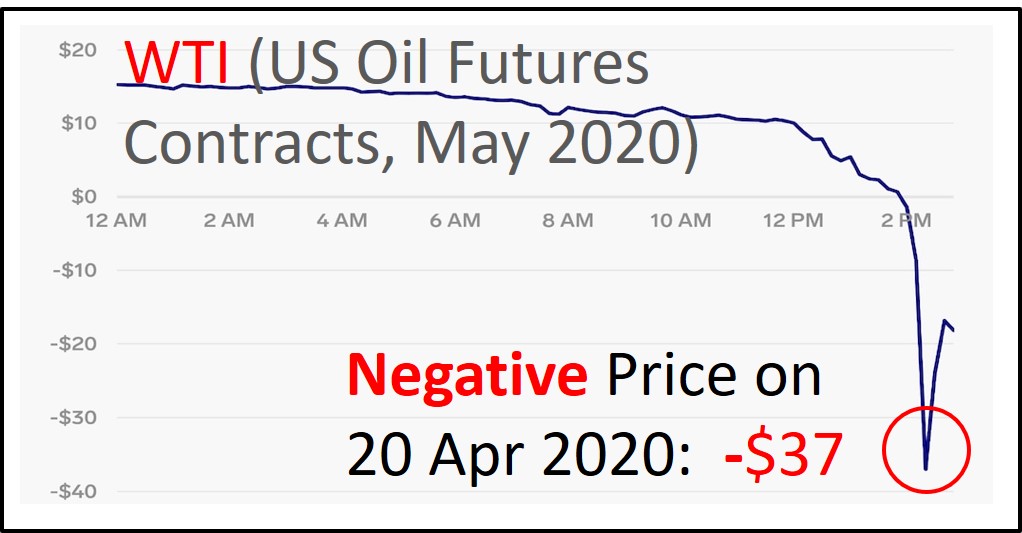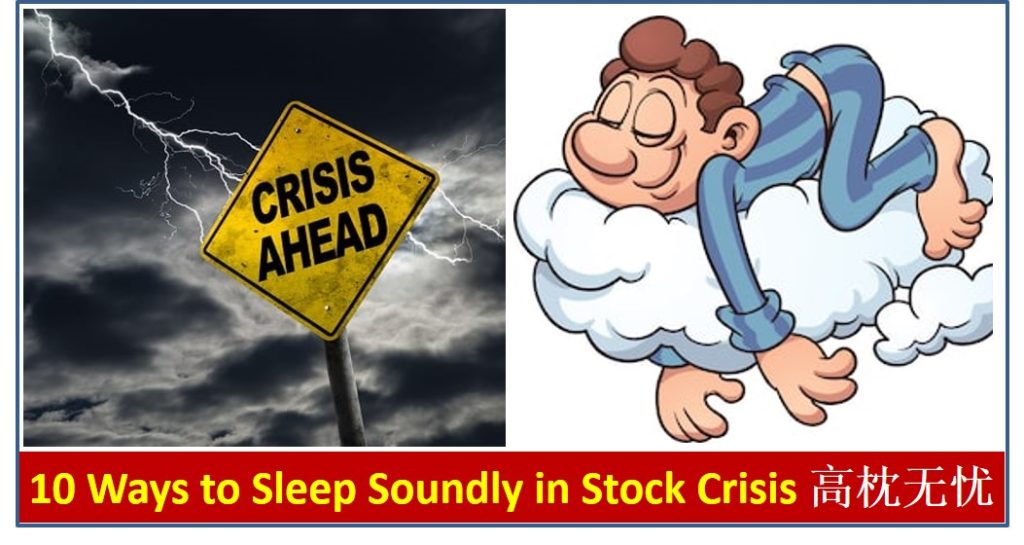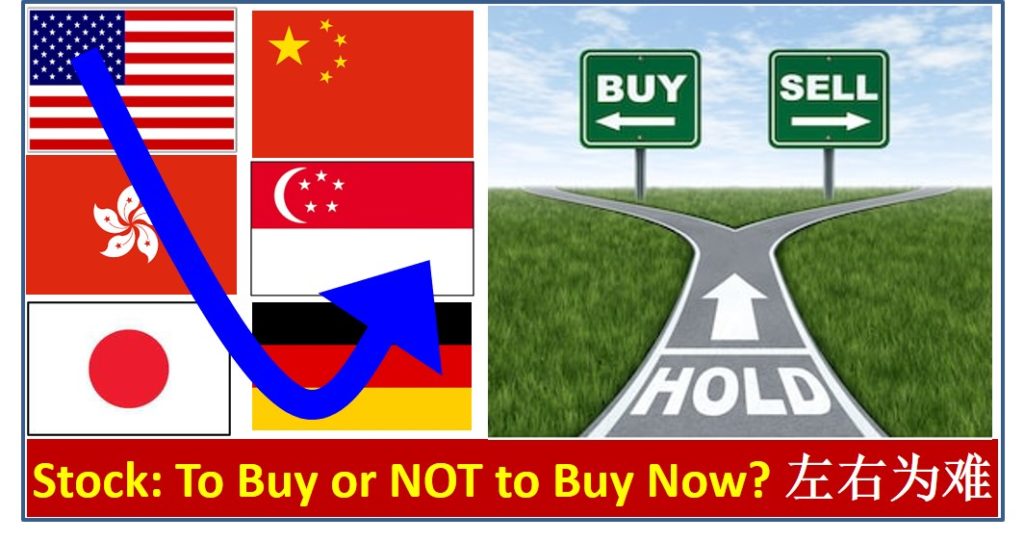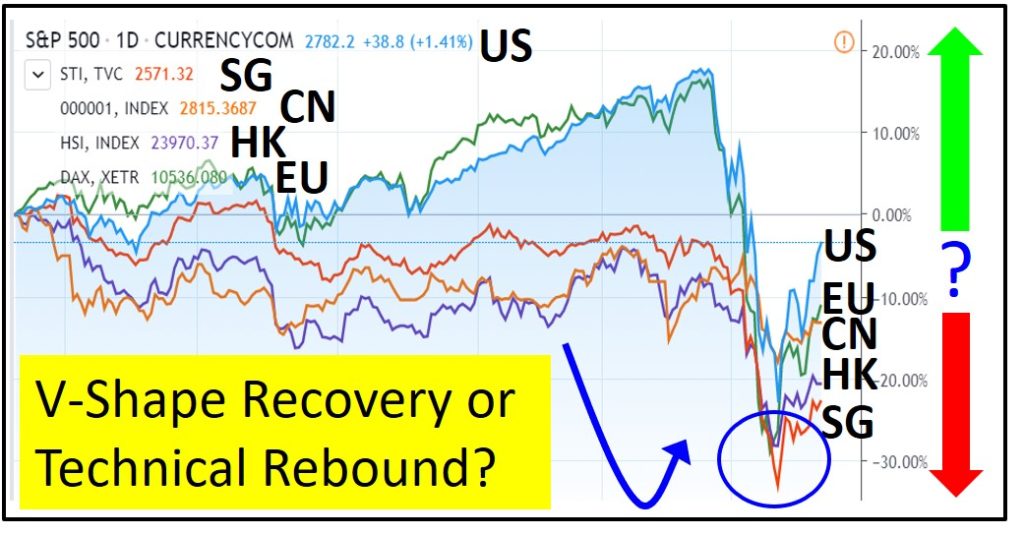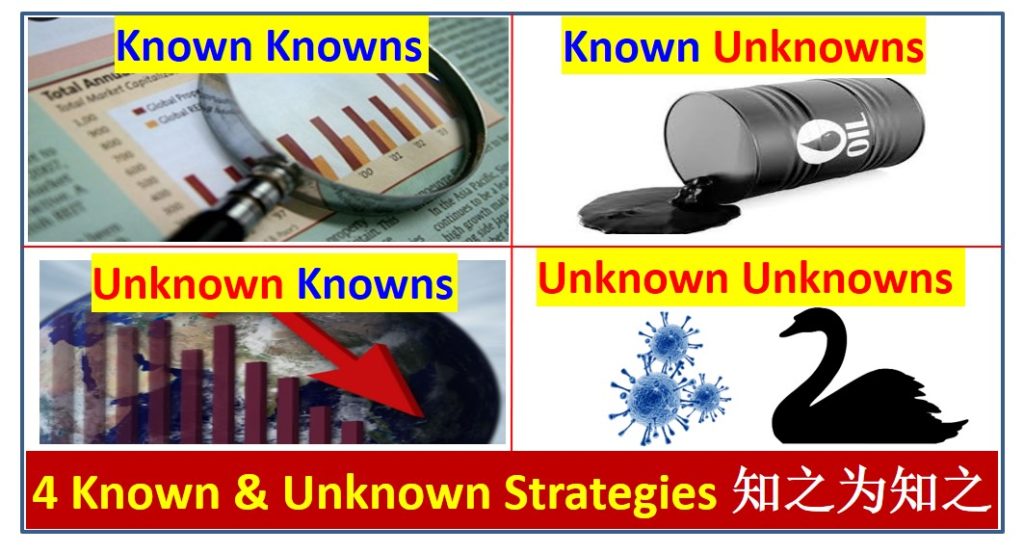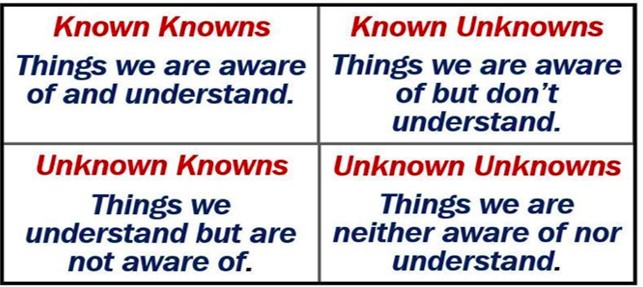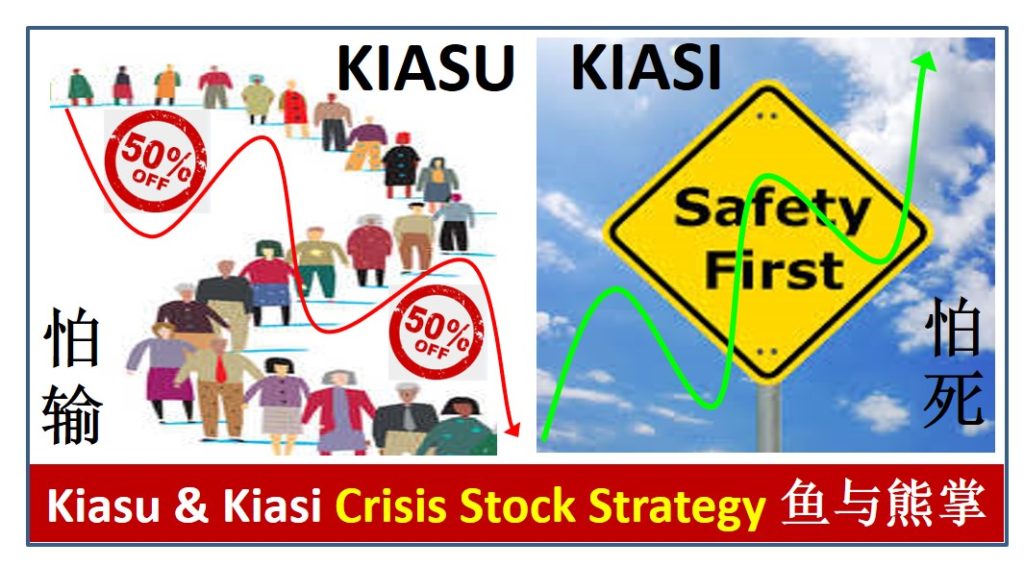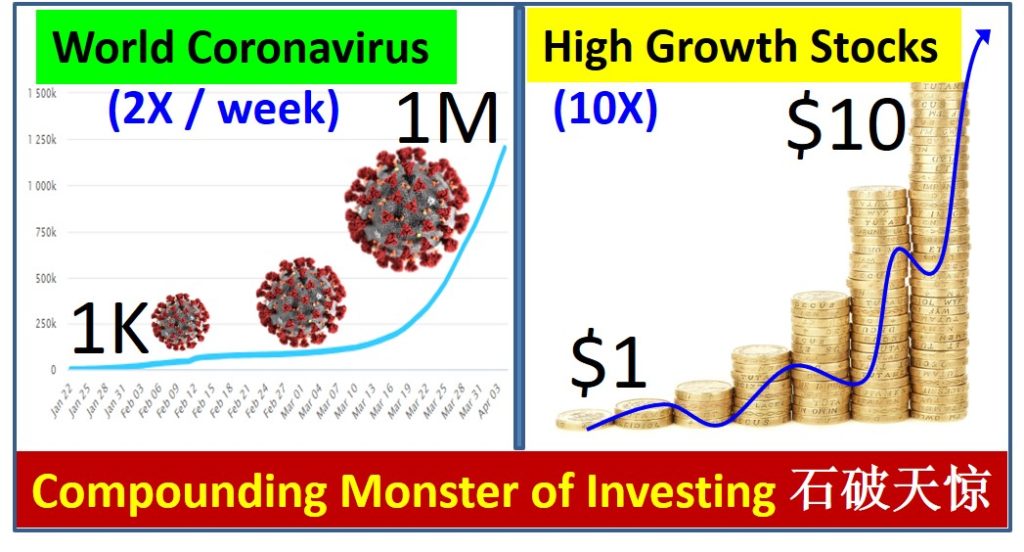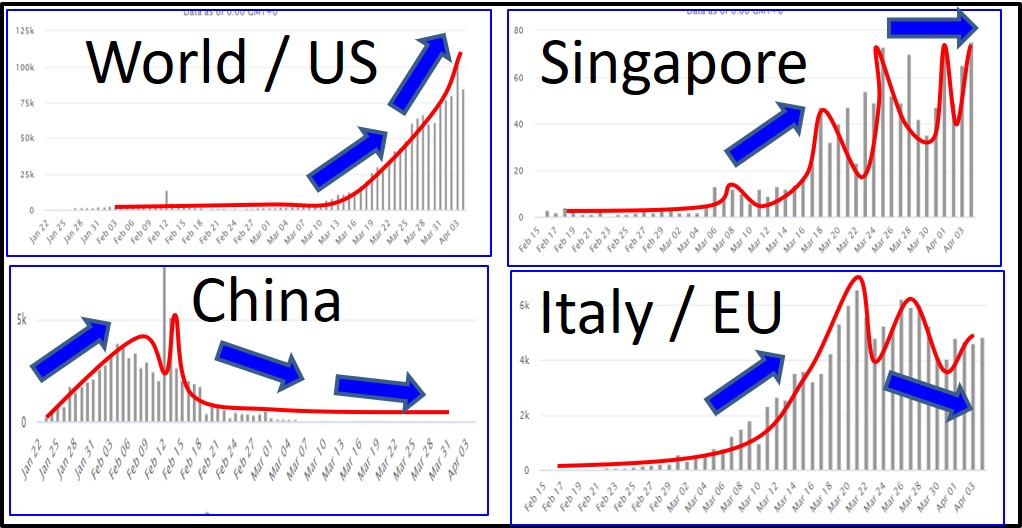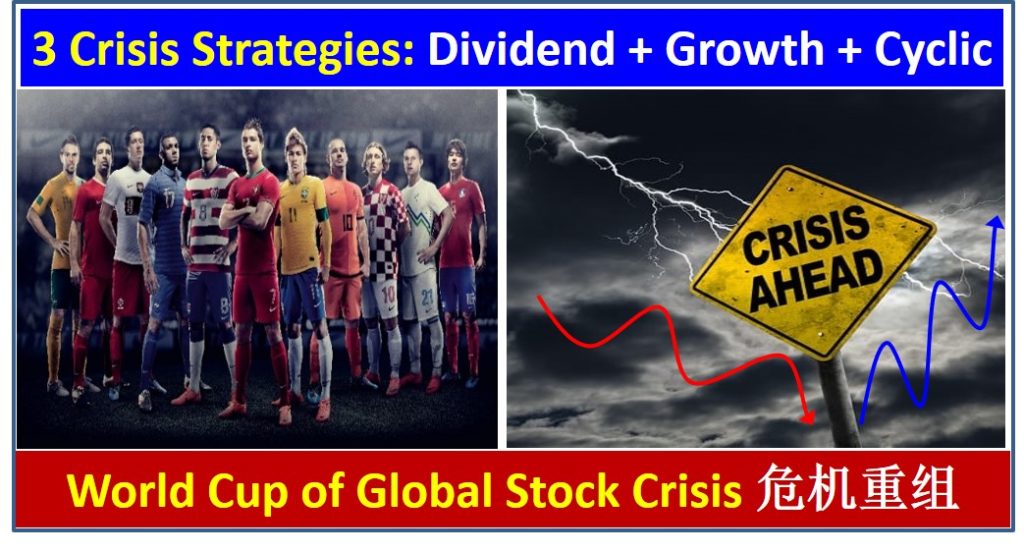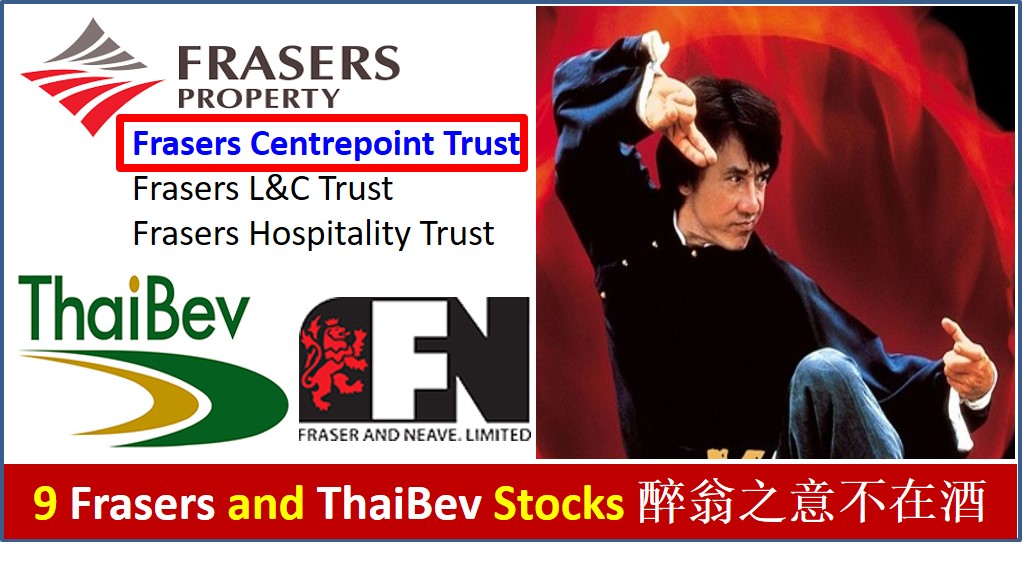
Behind each giant stock, there is usually a giant businessman. In this article, you will learn the business empire of the third richest person in Thailand, Charoen Sirivadhanabhakdi with not 1 but 9 F&B and property stocks (6 Singapore stocks & 3 Thailand stocks):
1) Thai Beverage (SGX: Y92) – Singapore Giant F&B Stock
2) F&N (SGX: F99) – Singapore F&B Stock
3) Frasers Property (SGX: TQ5) – Singapore Property Stock
4) Frasers Centrepoint Trust, FCT (SGX: J69U) – Singapore Giant Retail REIT
5) Frasers Logistics & Commercial Trust (SGX: BUOU) – Singapore Commercial REIT
6) Frasers Hospitality Trust (SGX: ACV) – Singapore Hospitality REIT
7) Frasers Property Thailand (SET: FPT) – Thailand Property Stock
8) Frasers Property Thailand Industrial REIT (SET: FTREIT) – Thailand Industrial REIT
9) Golden Ventures REIT (SET: GVREIT) – Thailand Commercial / Hospitality REIT
These 9 stocks are in common as they all owned by Charoen Sirivadhanabhakdi (苏旭明), a Chinese Thai whose Thai surname is granted by King of Thailand, showing strong reputation in Thailand. He started business originally in F&B sector (the largest alcoholic drinks producer in Thailand, eg. whiskey, beer, etc), then diversifying into property (the largest landlord in Thailand, owning with the most areas of land), becoming 2 main business pillars of his business.
Charoen took a major action in Year 2012 to acquire F&N, which is later reorganized into “new” F&N (mainly non-alcoholic drinks business in Singapore, familiar brands such as 100plus, Fruit Tree, Seasons, NutriSoy, etc) and Frasers Property (property segment). The new F&N after the reorganization, is no longer a giant stock, just a normal F&B company (non-alcoholic drinks usually have lower profit margin with more competition).
Frasers Property is the parent stock of property segment, including other 6 subsidiary property stocks / REITs, 3 in Singapore and 3 in Thailand. All 7 Frasers group of property stocks have reasonably good business due to stable property business but there is only 1 giant stock, Frasers Centrepoint Trust (FCT).
In this article, out of 9 stocks of Charoen, we will focus only in his 2 giant stocks, ThaiBev and FCT.
1) Thai Beverage (SGX: Y92) – Singapore Giant F&B Stock
Charoen expanded his empire further over the past decades with aggressive Merging & Acquisitions, into F&B of regional countries (Vietnam, Myanmar, Singapore, etc).
Initially, he planned to list ThaiBev in Thailand Stock Exchange (SET) but encountering opposing voices (alcoholic drinks) as Thailand is a Buddhism country. Eventually, ThaiBev is listed in Singapore Stock Exchange, so Singapore investors has a local giant F&B stock to consider, leveraging on growing alcoholic drinks business in Thailand and regional countries. ThaiBev is 1 of the 30 STI component stocks, proving its strength in stock and business.
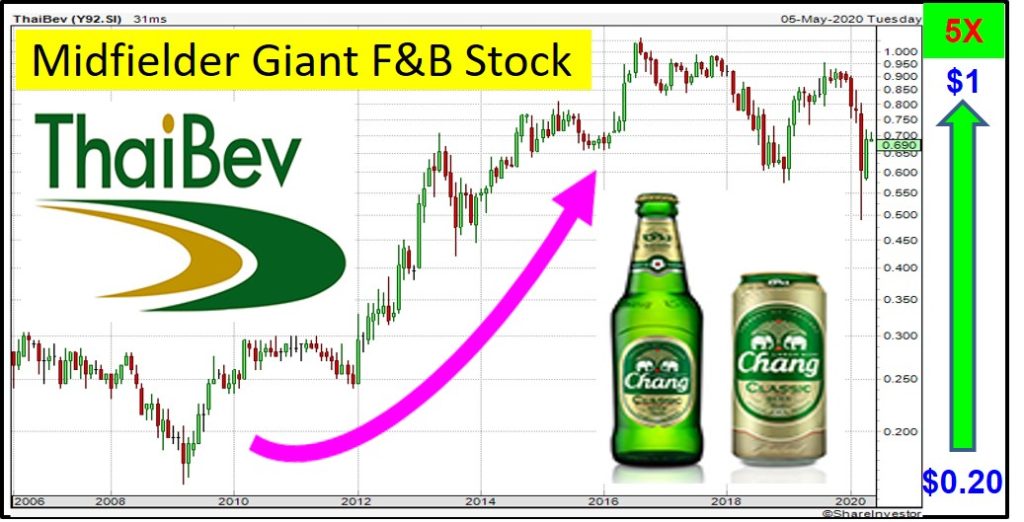
ThaiBev is a growth stock, strong in business fundamental with growing business and solid cash flow. However, debt level is high, especially in acquisition of Sabeco beer business in Vietnam. The share prices over the past decade has gone up 5 times, facing 2 times of major price corrections of nearly 50% during high debt period and again over the past few months of global stock crisis. Currently, the stock price has gradually recovered together with global stock markets. Unlike other sectors of business which may be affected by black swan such as Coronavirus pandemic, ThaiBev is defensive in F&B business (during the last Global Financial Crisis of 2008-2009, business was stable). Perhaps during crisis, people may consume more alcoholic drinks to forget the pains? Besides 5 times capital gains in stocks, ThaiBev gives consistent dividend with about 3% yield currently. It is a good midfielder stock for both capital gains and passive income.
There are 30 STI index component stocks including Thai Beverage (investor has to focus only on giant stocks for investing): DBS Bank (SGX: D05), Singtel (SGX: Z74), OCBC Bank (SGX: O39), UOB Bank (SGX: U11), Wilmar International (SGX: F34), Jardine Matheson Holdings JMH (SGX: J36), Jardine Strategic Holdings JSH (SGX: J37), Thai Beverage (SGX: Y92), CapitaLand (SGX: C31), Ascendas Reit (SGX: A17U), Singapore Airlines (SGX: C6L), ST Engineering (SGX: S63), Keppel Corp (SGX: BN4), Singapore Exchange (SGX: S68), Hongkong Land (SGX: H78), Genting Singapore (SGX: G13), Mapletree Logistics Trust (SGX: M44U), Jardine Cycle & Carriage (SGX: C07), Mapletree Industrial Trust (SGX: ME8U), City Development (SGX: C09), CapitaLand Mall Trust (SGX: C38U), CapitaLand Commercial Trust (SGX: C61U), Mapletree Commercial Trust (SGX: N2IU), Dairy Farm International (SGX: D01), UOL (SGX: U14), Venture Corporation (SGX: V03), YZJ Shipbldg SGD (SGX: BS6), Sembcorp Industries (SGX: U96), SATS (SGX: S58), ComfortDelGro (SGX: C52).
2) Frasers Centrepoint Trust, FCT (SGX: J69U) – Singapore Giant Retail REIT
Besides Capitamall Trust, CMT (SGX: C38U), Frasers Centrepoint Trust is another giant retail REIT, both control most of the shopping malls in Singapore. FCT has 7 shopping malls (Causeway Point, Waterway Point, Northpoint City, Bedok Point, Changi City Point, Anchorpoint, YewTee Point) but about half of rental revenue is from Causeway Point, having portfolio concentration risk but tenants distribution are diversified with over 99% occupancy rate for Causeway Point.
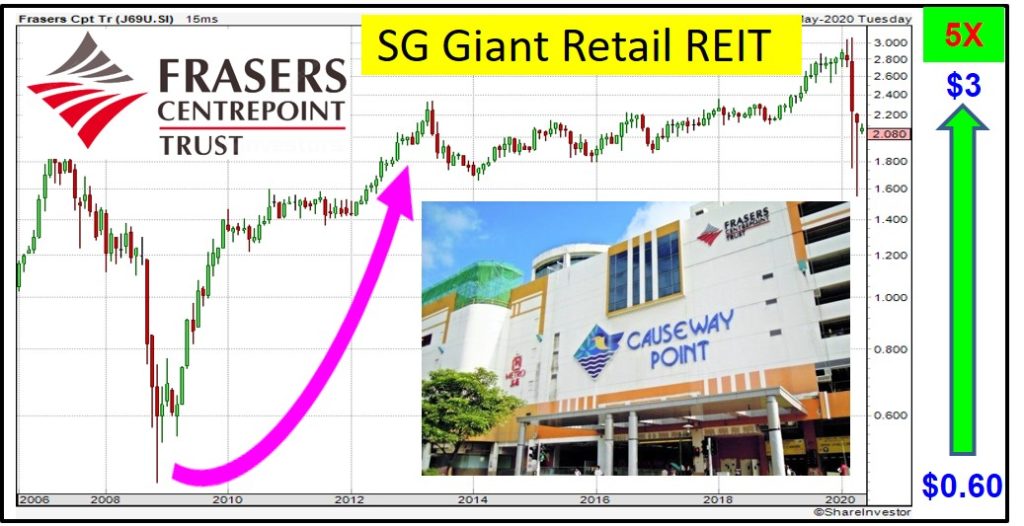
Besides consistent growing dividend payout record (average 5% dividend yield, it was over 7% dividend yield when share prices dropped nearly to half over the past few months of global stock crisis), FCT has attracted long term investors to support the share prices by about 5 times with growing business. FCT is a cyclic REIT, following economic cycles in stock performance, therefore more suitable to Buy Low Sell High with mega economic cycle, buying low during low optimism in global financial crisis, holding for 5 to 10+ years until high optimism, selling for capital gains.
Despite Coronavirus would affect the income distribute for the next 1-2 quarters due to possible cash reserve and also delay in rental payment by tenants, it won’t affect longer term investor with a few years of holding power, collecting over 5% dividend yield (even if DPU may be cut by 50%, still more than bank interest rate of 1%) during crisis, enjoying capital gains when crisis is over one day.
There are 52 REITs and Business Trusts Stocks in Singapore including Frasers Centerpoint Trust (investor has to focus only on giant stocks for investing):
AIMS APAC Reit (SGX: O5RU), ARA Hospitality Trust USD (SGX: XZL), ARA LOGOS Logistics Trust (SGX: K2LU), Ascendas Reit (SGX: A17U), Ascendas India Trust (SGX: CY6U), Ascott Trust (SGX: HMN), Asian Pay Tv Trust (SGX: S7OU), BHG Retail Reit (SGX: BMGU), CapitaLand Commercial Trust (SGX: C61U), CapitaLand Mall Trust (SGX: C38U), CapitaLand Retail China Tr (SGX: AU8U), CDL Hospitality Trust (SGX: J85), Cromwell Reit EUR (SGX: CNNU), Cromwell Reit SGD (SGX: CSFU), Dasin Retail Trust (SGX: CEDU), Eagle Hospitality Trust USD (SGX: LIW), EC World Reit (SGX: BWCU), Elite Commercial Reit (SGX: MXNU), ESR-REIT (SGX: J91U), Far East Hospitality Trust (SGX: Q5T), First Reit (SGX: AW9U), Frasers Centrepoint Trust (SGX: J69U), Frasers Hospitality Trust (SGX: ACV), Frasers Logistics & Commercial Trust (SGX: BUOU), FSL Trust (SGX: D8DU), HPH Trust SGD (SGX: P7VU), HPH Trust USD (SGX: NS8U), IREIT Global (SGX: UD1U), Keppel Infrastructure Trust (SGX: A7RU), Keppel Pacific Oak US REIT (SGX: CMOU), Keppel DC Reit (SGX: AJBU), Keppel Reit (SGX: K71U), Lendlease Reit (SGX: JYEU), Lippo Malls Trust (SGX: D5IU), Manulife Reit (SGX: BTOU), Mapletree Commmercial Trust (SGX: N2IU), Mapletree Industrial Trust (SGX: ME8U), Mapletree Logistics Trust (SGX: M44U), Mapletree North Asia Commercial Trust (SGX: RW0U), NetLink NBN Trust (SGX: CJLU), OUE Commercial Reit (SGX: TS0U), ParkwayLife Reit (SGX: C2PU), Prime US Reit (SGX: OXMU), RHT HealthTrust (SGX: RF1U), Sabana Reit (SGX: M1GU), Sasseur Reit (SGX: CRPU), Soilbuild Business Space Reit (SGX: SV3U), SPH Reit (SGX: SK6U), Starhill Global Reit (SGX: P40U), Suntec Reit (SGX: T82U), United Hampshire US Reit (SGX: ODBU).
=============================
宋·欧阳修《醉翁亭记》:“醉翁之意不在酒,在乎山水之间也”。
A stock investor may not need to be an alcoholic to invest in F&B giant stock such as ThaiBev. Similarly, Charoen is smart to hide his fortune in property (a way of diversification), one could outsmart him by investing in his best giant REIT, FCT. The higher level of investing is to leverage on Top 10 richest persons in each country or even in the world as your defender, investing in their best giant stocks at lousy prices during low optimism period, eg Global Financial Crisis when others are fearful.
There are 30 STI index component stocks including Thai Beverage (investor has to focus only on giant stocks for investing):
DBS Bank (SGX: D05), Singtel (SGX: Z74), OCBC Bank (SGX: O39), UOB Bank (SGX: U11), Wilmar International (SGX: F34), Jardine Matheson Holdings JMH (SGX: J36), Jardine Strategic Holdings JSH (SGX: J37), Thai Beverage (SGX: Y92), CapitaLand (SGX: C31), Ascendas Reit (SGX: A17U), Singapore Airlines (SGX: C6L), ST Engineering (SGX: S63), Keppel Corp (SGX: BN4), Singapore Exchange (SGX: S68), Hongkong Land (SGX: H78), Genting Singapore (SGX: G13), Mapletree Logistics Trust (SGX: M44U), Jardine Cycle & Carriage (SGX: C07), Mapletree Industrial Trust (SGX: ME8U), City Development (SGX: C09), CapitaLand Mall Trust (SGX: C38U), CapitaLand Commercial Trust (SGX: C61U), Mapletree Commercial Trust (SGX: N2IU), Dairy Farm International (SGX: D01), UOL (SGX: U14), Venture Corporation (SGX: V03), YZJ Shipbldg SGD (SGX: BS6), Sembcorp Industries (SGX: U96), SATS (SGX: S58), ComfortDelGro (SGX: C52).
It is better to learn how to fish (investing), instead of waiting for the fishes (stock investing ideas). Drop by Dr Tee free 4hr investment course to learn how to position in global giant stocks with 10 unique stock investing strategies, knowing What to Buy, When to Buy/Sell.
Learn further from Dr Tee valuable 7hr Online Course, both English (How to Discover Giant Stocks) and Chinese (价值投资法: 探测强巨股) options, specially for learners who prefer to master stock investment strategies of over 100 global giant stocks at the comfort of home.
You are invited to join Dr Tee private investment forum (educational platform, no commercial is allowed) to learn more investment knowledge, interacting with over 9000 members.

